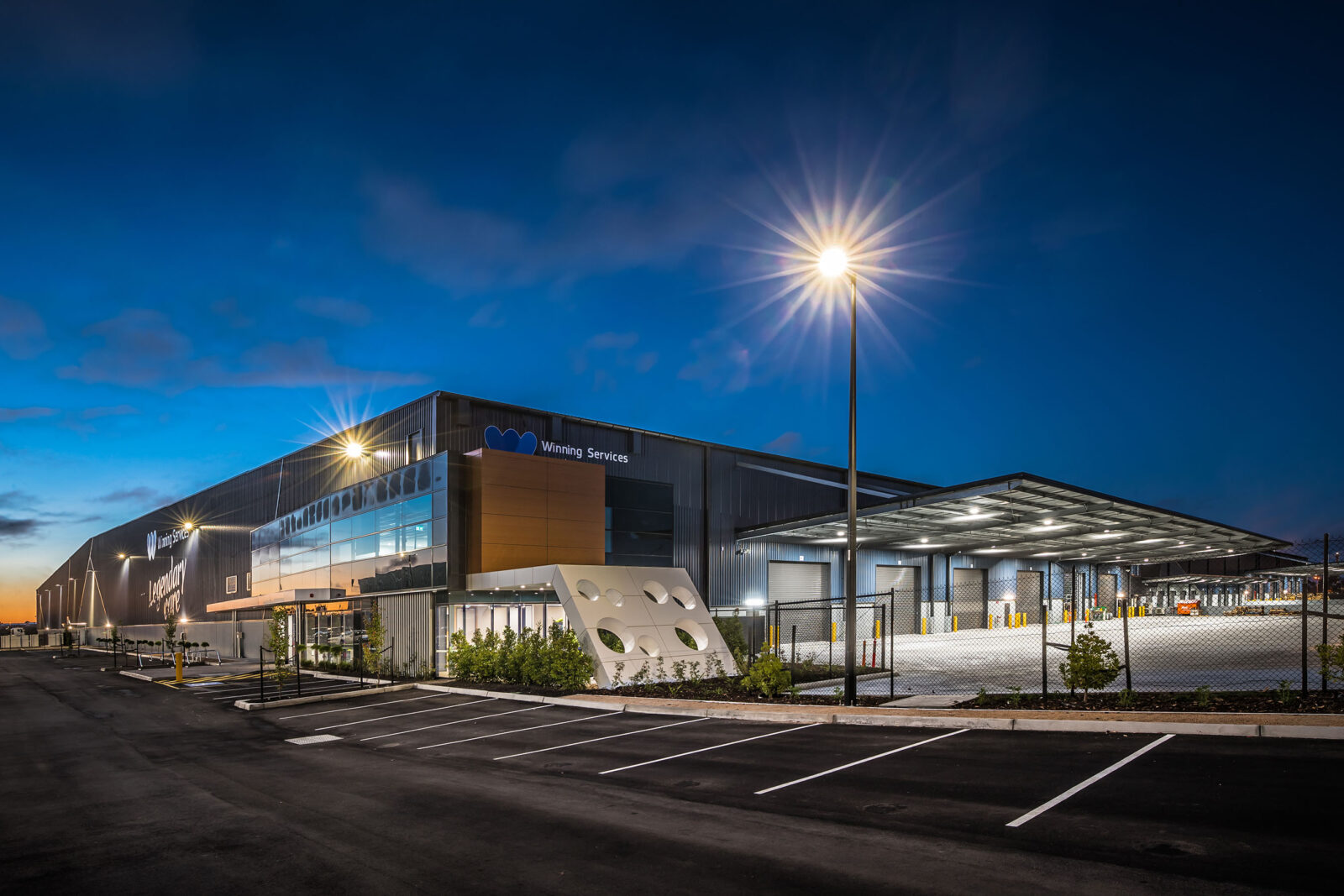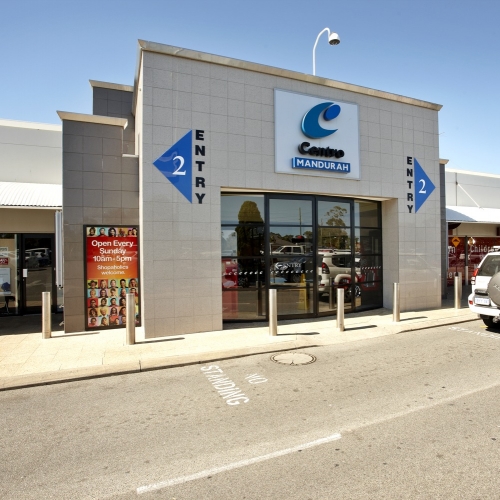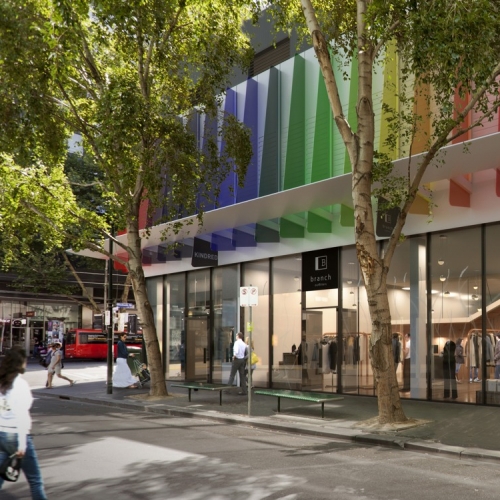Industrial recap for 2022

Kookaburra Logistics Estate, Prestons in South West Sydney

PortLink Logistics Estate, Altona in Melbourne
Tim Jackson is the General Manager of ISPT’s Industrial team, leading a portfolio valued at $2.5 billion and estates that will total 2.4 million square metres once all development is completed.
The last couple of years have been exciting across the industrial sector. How did 2022 measure up for ISPT’s portfolio?
It’s probably the biggest year we’ve had. We’ve established a 1.6 million square metre pipeline of lettable area across 22 estates, on around 342 hectares of developable land. That will give us a portfolio value of about $7 billion, based on our own projections. For the past 12 months we have seen returns of 29%, and over three years it’s been more than 20% per annum.
Some of our recently completed projects include a 41,000 sqm distribution centre at the PortLink Logistics Estate in Altona (Melbourne); delivering 18,200 sqm at the Charles Sturt Industrial Estate in Woodville (Adelaide); completion of the 33,500 sqm Kookaburra Logistics Estate at Prestons (South-West Sydney); the first 23,400 sqm stage of the Elevation at Greystanes (Western Sydney); and the final stage of the Interchange Industrial Estate in Narangba (South-East Queensland). This is in addition to 160,000 sqm of pre-lease and speculative construction under development across the portfolio.
What have been some of the logistical challenges?
Wet weather and COVID-related issues have caused challenges in the delivery of buildings this year. Global supply chain delays and rising material costs continue to be something we need to factor into every new project. But we’ve also experienced exceptional levels of demand across the sector and have bolstered our team with industry experts in investment management and development management, so we can continue to satisfy our development pipeline.
What does 2023 and beyond hold for the Industrial portfolio?
For 2023, we will continue to support e-commerce, logistics and distribution across the digital and bricks-and-mortar economy.
Consistent with our commitment to being a global leader in ESG – as recognised recently by the Global Real Estate Sustainability Benchmark (GRESB) – we have a strong interest in sustainable industrial development, including servicing the circular economy. That means thinking about the full product cycle: from raw material, manufacturing, the finished product, storage, and distribution, and then recycling and disposal of that product. We’re keen to become more involved and think continuing focus on environmental impact will create demand for sustainable industrial solutions.
What are your aspirations to cater to the needs of more sophisticated, technologically minded customers?
Recently we’ve secured significant commitments for a number of next-generation facilities in cold storage, food, advanced manufacturing, and defence. These give us the opportunity to create more bespoke solutions for tenants with higher technical requirement, delivering sound long-term returns for our investors and their members. It’s an exciting opportunity to undertake long-term national customer partnerships.



